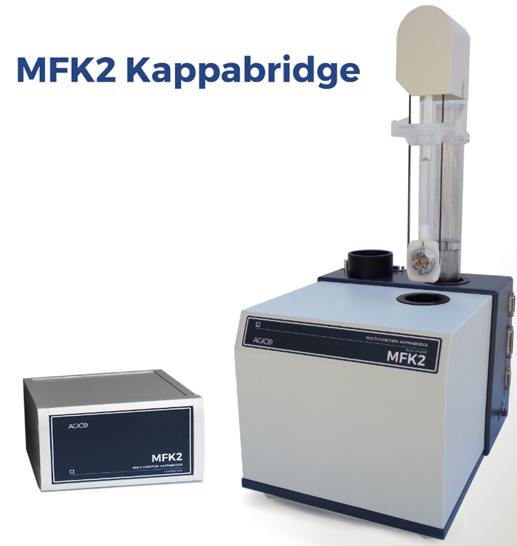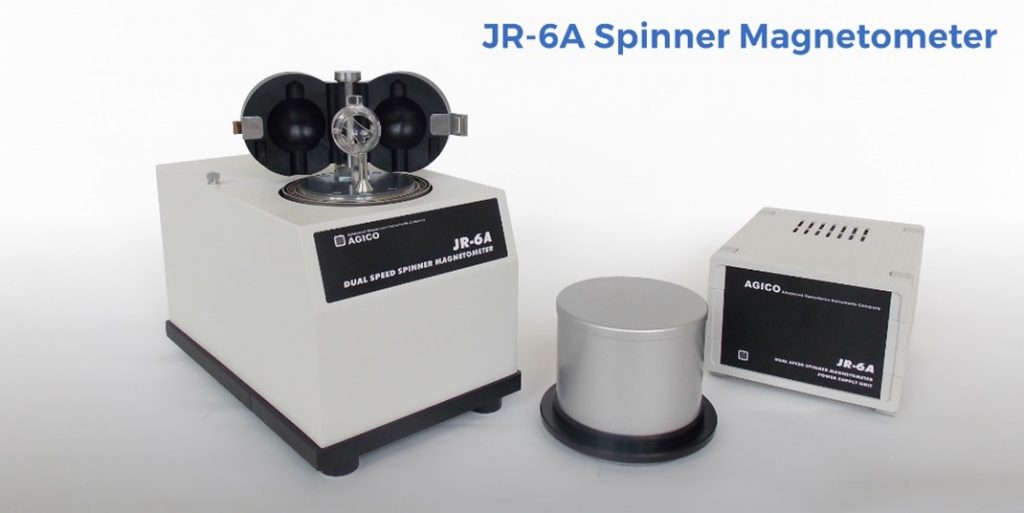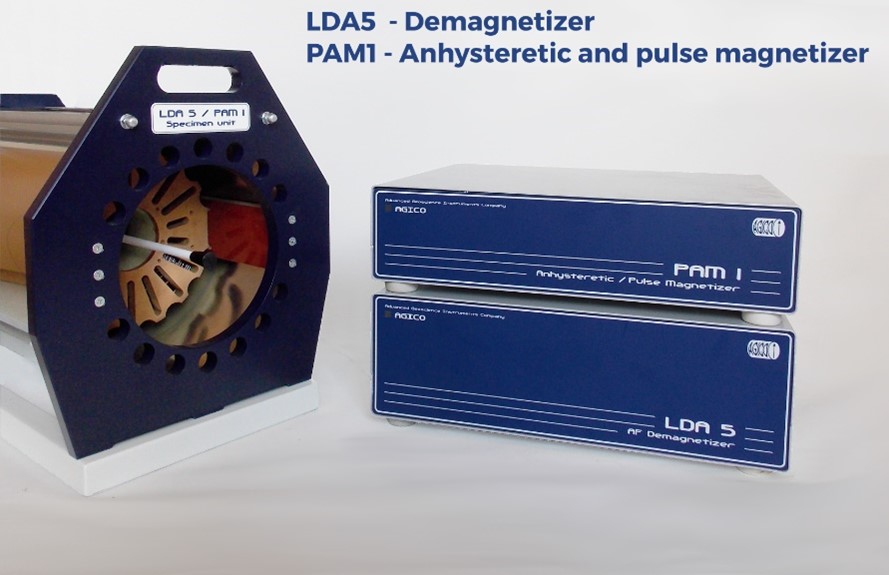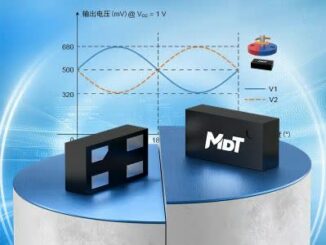
Czech instrument maker AGICO continues its tradition of innovation for the magnetic measurement of rock and environmental samples. More than thirty years of such effort have placed its scientific instruments for rock magnetism, paleomagnetism and environmental magnetism in laboratories on all continents including Antarctica.
The company has seen its Kappabridges become a worldwide standard for measuring magnetic susceptibility. A measure of how much a material will become magnetized in an applied magnetic field, magnetic susceptibility is a key parameter to describe and analyze rocks, quantifying the content of magnetic particles in a sample.
The most recent models are MFK2, shown above, and KLY5. Measuring options include the variation of magnetic susceptibility as a function of magnetizing field, operating frequency and temperature, and, most recently, the precise decomposition of magnetic susceptibility signal into its in-phase and out-of-phase components. For assessment of the inner structure of material, mostly rocks, they include a fully automatic setup for convenient and fast measurements of anisotropy of magnetic susceptibility.
Technically speaking, Kappabridges are based on fully automatic inductive bridges equipped with automatic zeroing system and compensation for the thermal drift. Their sensitivity reaches 20E-9 SI units and measuring range is from zero up to approx. 1 SI unit. Alternating magnetizing field can be set from 2 up to 700 A/m and, depending on Kappabridge model, there are one or three operating frequencies, approximately 1, 4 and 16 kHz. If equipped with accessory temperature control units, Kappabridges can measure variations of magnetic susceptibility in a temperature range from -196 to 700°C.

The most recent models of its Spinner Magnetometers, the JR-6, are the world’s most sensitive and accurate instrument for measuring remanent magnetization of rocks based on classical, non-cryogenic, principle, says AGICO. A super sensitive phase-locked dynamo, it allows the user to measure magnetic remanence in the range from 2.4 E-6 up to 1.25 E5 A/m.

Other instruments in the company’s portfolio are its LDA Series of alternating field demagnetizers which can be coupled with anhysteretic pulse magnetizers, important in rock magnetic research when demagnetization or artificial magnetization is needed. Applicability is manifold including paleomagnetic step-wise demagnetization, structural studies based on anisotropy of magnetic remanence, and environmental research studying viscous magnetization.

Based in Brno, Czech Republic, AGICO (Advanced Geoscience Instruments Company) dates its instrument making tradition back to the 1960’s when the first models of Kappabridges and Spinner Magnetometers were developed by its predecessor, Geofyzika company. For more info, see www.agico.com.



